Review: Audix DP7 Drum Microphone Pack
Recording drum kits requires the precise usage of multiple microphones. Fortunately, Audix has provided an all-in-one solution to make the process that bit more straightforward.
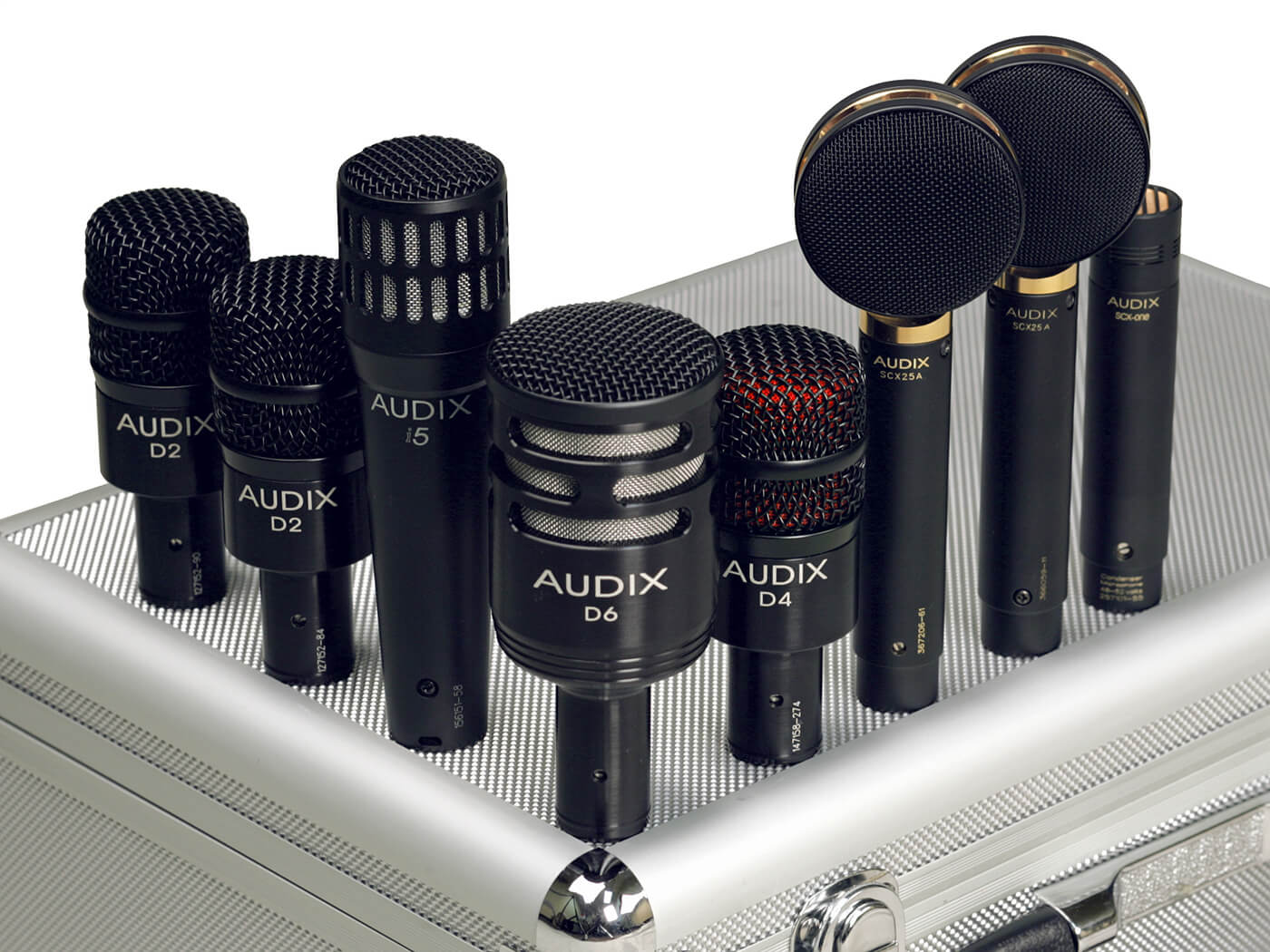

Price $1,295/£999
Contact SCV Distribution | Audix Microphones
Audix is an American manufacturer of microphones with 35 years of experience. It offers a wide range of microphones for both studio and live applications, including several specially selected packs for drum mic’ing. Aside from the ubiquitous AKG D112 kick-drum mic (and its antecedents), the concept of mics tailored for specific duties is relatively novel.
The DP7 pack on test here comprises – you guessed it – seven microphones, designed to cater for all your needs when recording a five-piece drum kit. As such, the pack contains bespoke mics for kick, snare, two rack toms, floor tom and a pair of stereo overheads.
Housed in a sturdy flightcase with compartments for each mic, the set includes all the clips you need, both for mounting on stands or drum rims; you also get a pair of windshields for the overhead mics. On inspection, the mics look both sturdy and durable; their hard black coating is perfectly capable of enduring the rigours of live work and a busy studio life alike.
Tooling up
Looking at each mic in turn, the D6 kick drum mic is a cardioid design looking a little like a sawn-off Electro-Voice RE20, a popular choice for kick-drum mic’ing. With a quoted frequency response of 30Hz-15kHz, it has plenty of low-end extension, more than enough for the largest and weightiest of kick drums. For comparison purposes, I set up the D6 alongside our AKG D112, placed just inside the 20-inch kick drum of our Ludwig studio kit. Without applying EQ or compression to either channel, the two mics exhibit more similarities than differences. Both are obviously scooped in the low-mids where muddiness can be a problem; however, the D6 packed a firmer punch around the 80-100Hz region, seemingly at the expense of a little low-end heft lower down the frequency spectrum.
Where the D6 steals the march on the D112, however, is in the upper midrange, bringing out the attack of the beater striking the drum more obviously than our AKG workhorse. Taking the mic on its own merits, I next apply a small amount of compression and send the signal to our Tube-Tech PE 1C equaliser, a near copy of the vintage Pultec EQP-1A. Performing the classic EQP-1A ‘low end-trick’, I simultaneously boost and cut at 30Hz, which further accentuates the D6’s inherent punch and drive in the upper-bass region. Adding a smidgen of boost around 3kHz brings out the best in the mic’s natural definition and poke in this area.
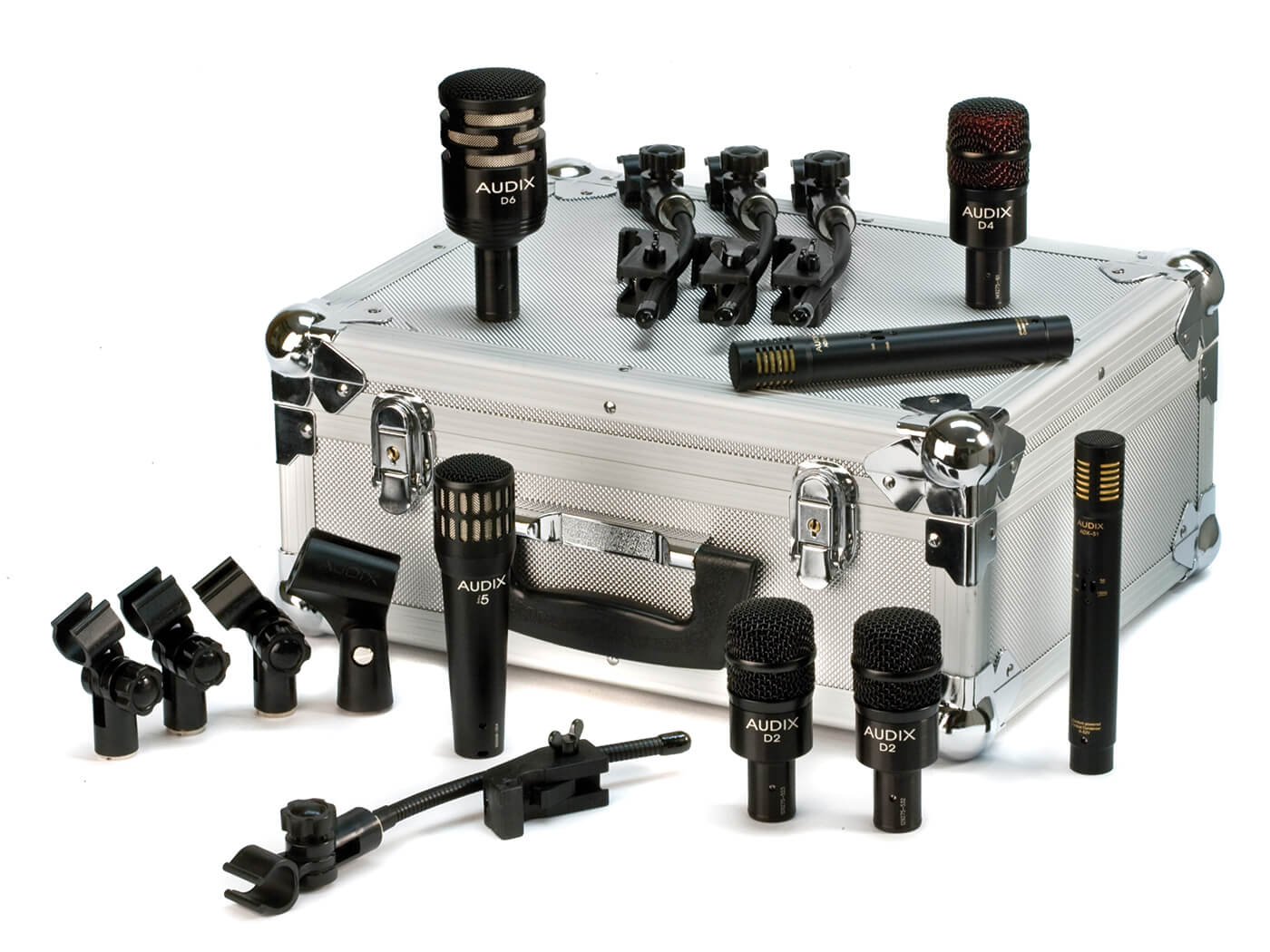
Moving on to the i5 snare-drum mic, it feels natural to A/B test it alongside the industry-standard Shure SM57. Here, the difference between each mic is stark. While the SM57 brings out the drum’s edgy, mid-forward crack, the i5 is far more expansive and less rounded.
Although this made for a less impactful presentation than the ’57, the i5’s character lends the wooden-shelled drum a ‘phatter’ tone. It reminds me of the deep and dry snare sound heard on many closed-mic’d recordings from the 1970s – think //The Dark Side Of The Moon// or the rich yet crisp snare sound on Al Green’s classic soul sides. It’s a perfect tone for hip-hop, too, or indeed any genre that calls for a ‘phat’ snare sound with guts in the body and a sugary snap up top.
As the i5 is voiced to produce this full-bodied tone, it shouldn’t be thought of a drop-in replacement for mics such as the SM57, so while it might be usefully employed to record brass instruments, for example, it may lack a little bite when used on a guitar amp. For any sound that needs fattening up, however, the i5 is an excellent choice, especially if the mids sound harsh or too pokey through other microphones.
Check one, two
Now, in most live settings the sequence of soundchecking a five-piece drum kit goes like this: kick, snare, hi-hats, rack tom 1, rack tom 2 and floor tom. Then the drummer will likely be asked to play the whole kit while the engineer brings up the two overheads, often regarded as cymbal mics. In the studio however, the overheads are often first to be auditioned, capturing an overall stereo sound of the kit before the close-spot mics are incorporated, so before we move on to the tom-tom mics, I’d like to talk about the DP7 pack’s overhead mics.
Eagle-eyed readers will have noticed that in this description of a live-drum soundcheck scenario I mention hi-hats. The DP7 pack doesn’t include a separate hi-hat mic, so the two supplied ‘overhead’ mics can be used either as a stereo pair, or as a single overhead and spot hi-hat mic. Bear in mind that even without stereo overheads, judicious panning can help create a stereo image – slightly panning apart the single overhead and hi-hat mic while also spreading the tom mics – and also adding stereo ambience during mixdown.
The two mics included for these tasks are ADX51 small-diaphragm condensers. On first listen, it’s immediately obvious that the ADX51 is a brightly balanced microphone. Auditioned in isolation as a stereo pair, they deliver a decent overall presentation of the kit, albeit without the fleshed-out tones of large-diaphragm condensers or, my favoured Coles 4038 ribbon mics. As such they work best in situations where the close kick and snare mics (and close mic’d toms if used) are the dominant sounds and the overheads are used as cymbal mics. It’s in this style of production where a dedicated hi-hat mic may be advantageous at the expense of a second overhead mic.
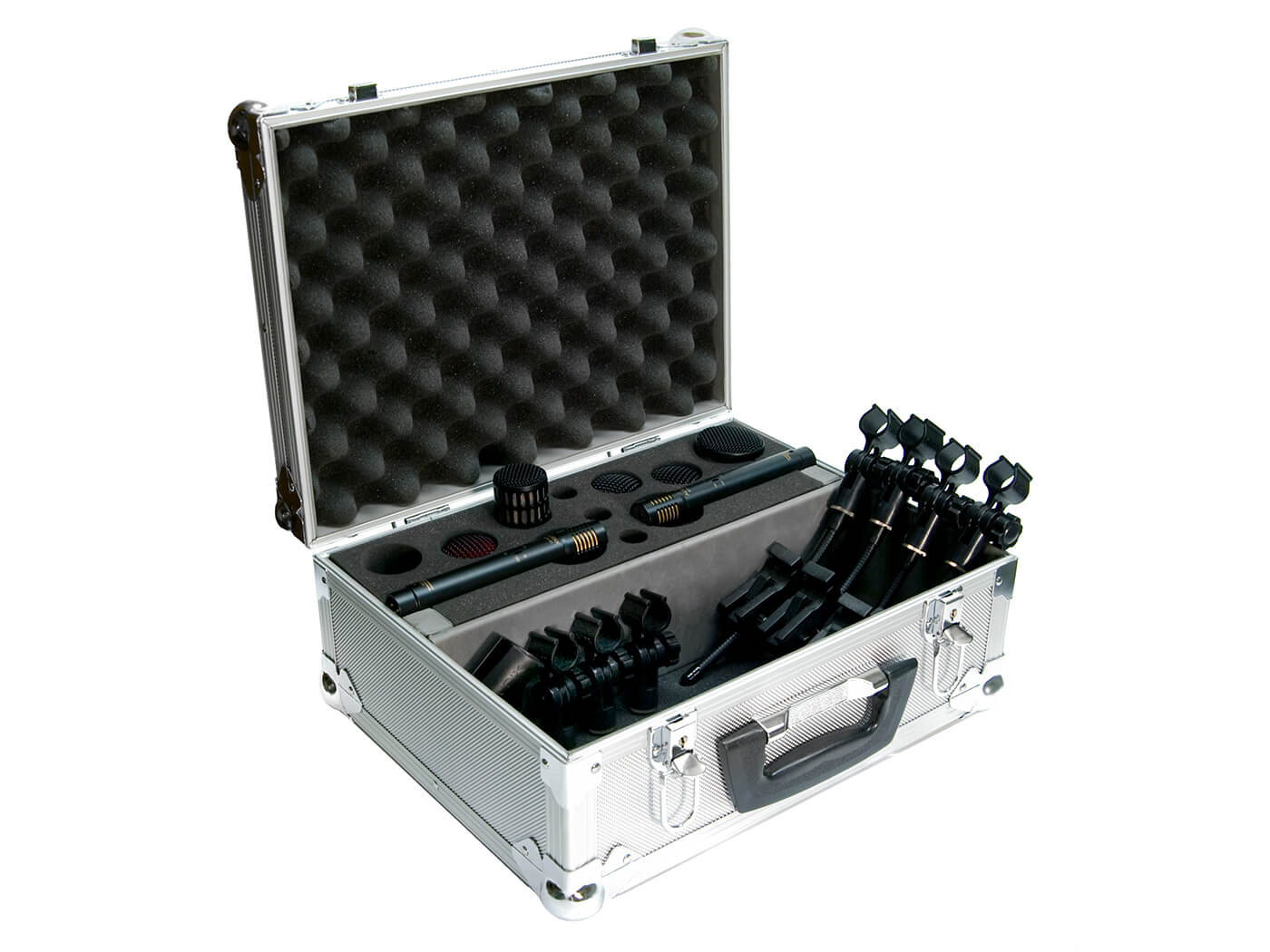
Next, I try recording a simple kick/snare/hat groove, using a single ADX51 about three feet high above the kit. It’s here that the concept of using a collection of mics designed to work in tandem really makes sense. Using the three close mics in isolation, the sound of our little Ludwig was tight and upfront, with a meaty thwack coming from the snare drum, courtesy of the i5 mic. Switching in the second ADX51 above the kit opens up the sound considerably and adds snap to the snare, bringing out the drum’s presence without sacrificing any of its weight or body.
Working together in harmony
Finally, I must mention the D2 and D4 tom tom mics. Using the D2 on the rack tom and the D4 (with greater low-end extension) on the floor tom, I compare them with my favoured Beyerdynamic M 88 on rack tom and Sennheiser MD421 on floor tom. Interestingly, while the i5 snare mic’s character is more open than the rounder-sounding SM57, the D2 has a rounder and more tightly focused sound than the M88. And though both are hypercardioid designs, the D2 delivered superior rejection of ambient sound.
On the floor tom, the D4 also gives a nice, fulsome tone, yet it had a more noticeable attack than the Sennheiser, which sounded much softer. Overall, the Audix DP7 is an excellent package for anyone wanting a comprehensive range of drum mics that work together harmoniously.
Do I really need this?
The concept of offering a set of mics dedicated to a specific task is a relatively new one. However, as the tests carried out for this review revealed, it’s an approach that can work rather well. Most engineers have their favourite ‘go to’ mics for any given application, yet for every fan of SM57 on snare and AKG D112 on kick drum there will be naysayers who dismiss such industry standards in preference for something more esoteric and unique. With drum mic’ing, I’ve found that the whole is often far greater than the sum of its parts, so while I might use a ’57 on snare along with AKG C414 stereo overheads, swapping out the 414s for Coles 4038 ribbon mics, I’ll often prefer the more open Beyerdynamic M 201 on snare.
The DP7 pack does away with all that head scratching, trying to assemble the ultimate combination of drum mics, offering a range of microphones optimised to work together, bringing out the best of their individual characteristics and, crucially, the drum kit. Once familiar with each mic’s sound, you can use the i5 to tame overly aggressive, mid-forward sounds and the ADX51 to brighten up dull source material.
Key features
- D6 kick drum mic
- i5 snare drum mic
- D2 rack tom mic (x2)
- D4 floor tom mic
- ADX51 overhead mic (x2)
- Bespoke clips and windshields
- Flight case
Alternatives
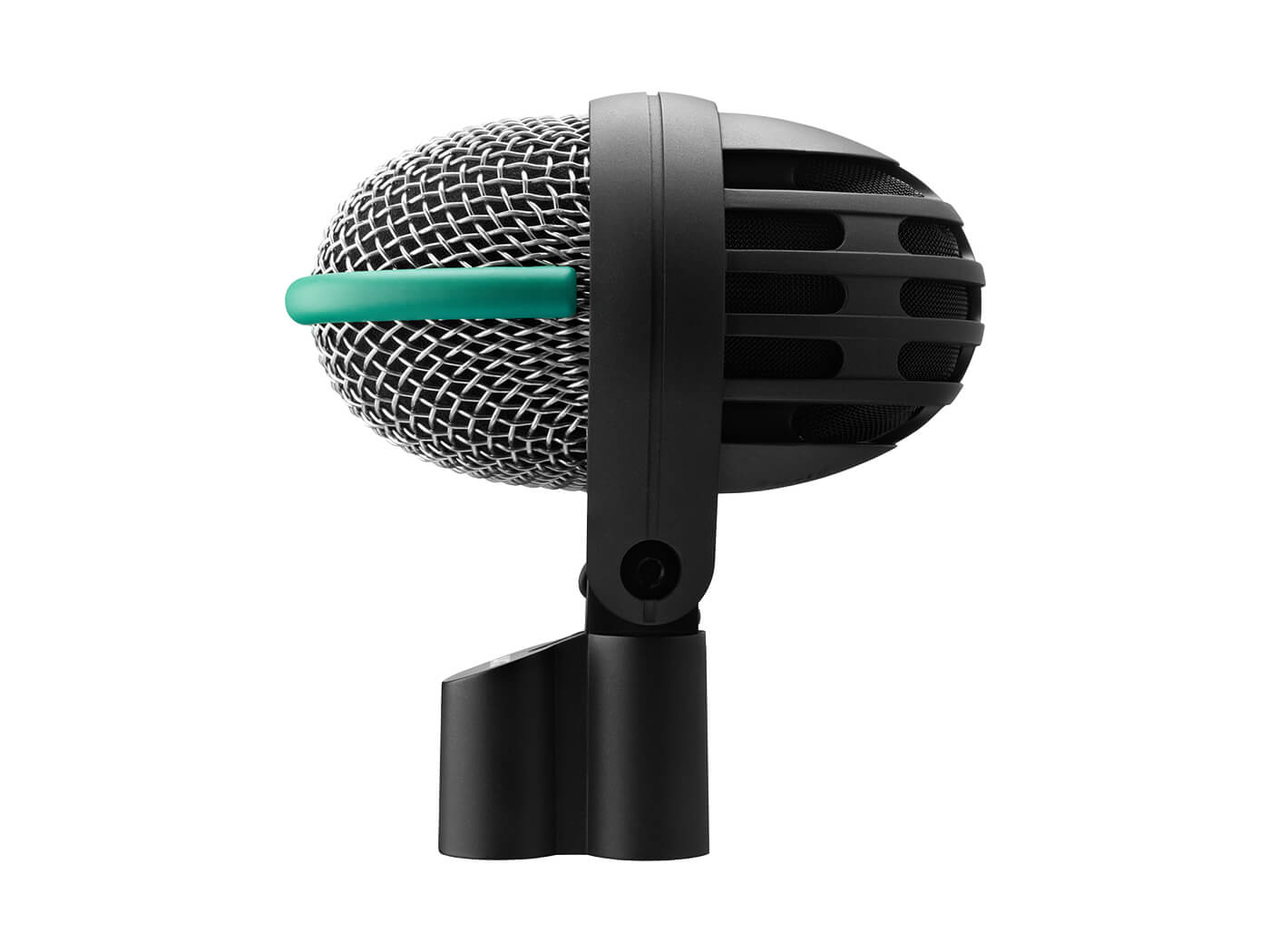
AKG
D112 £100
Kick drums are serviced by several dedicated mics, though the venerable AKG D112 (£100) remains the industry standard. A descendant of the D12, which was preceded by the similar looking D20 (as used on Beatles sessions), the D112 has a frequency response ideal for kick drums and bass instruments.
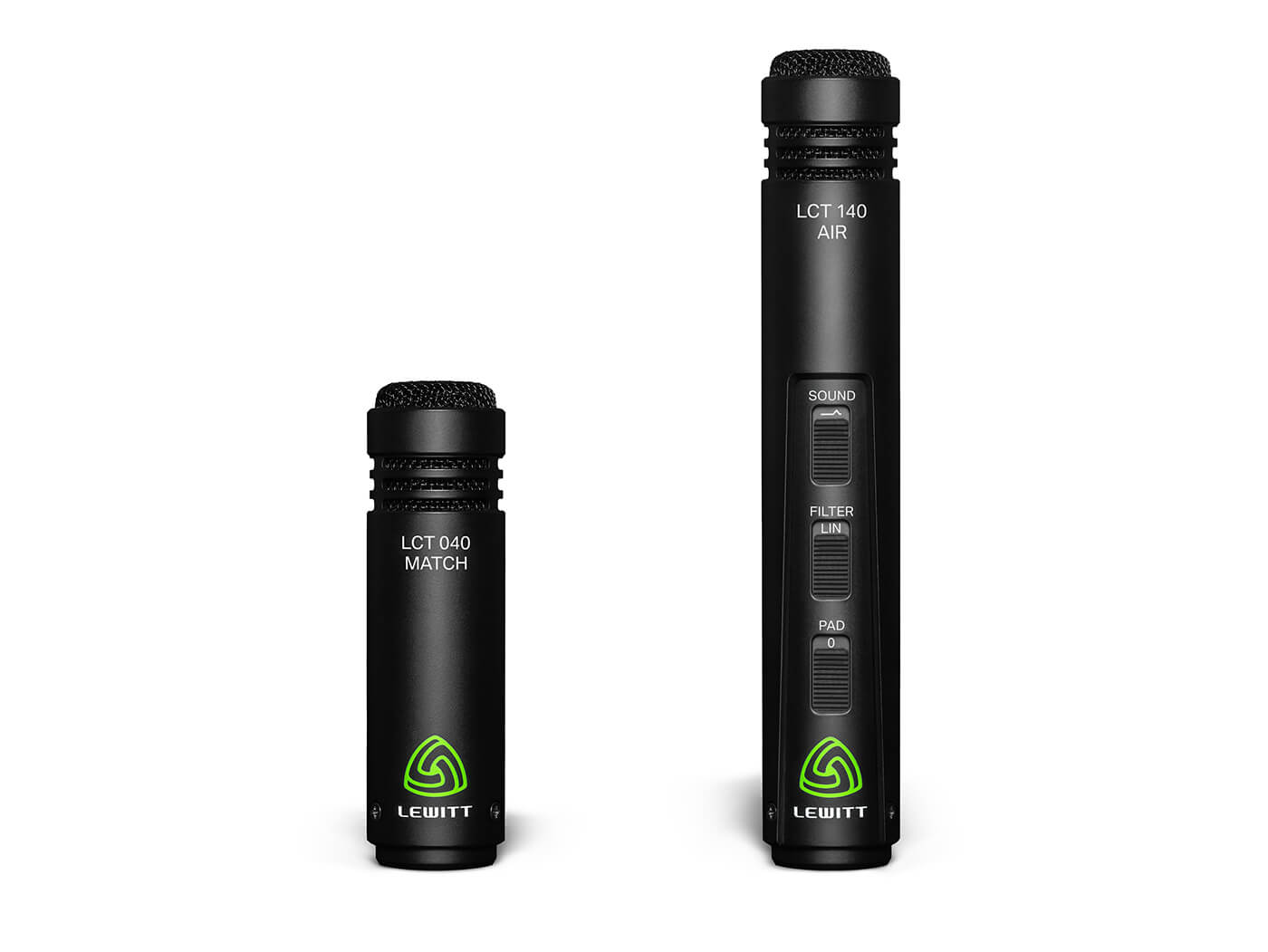
Lewitt
LCT 040 Match £175 (pair), and 140 Air £135
Lewitt’s LCT 040 Match is offered as a matched pair of small-diaphragm condenser mics, perfect for drum overheads. Its LCT 140 Air (£135) is also good for this task, with its option of a top-lift ‘Air’ control adding a sparkling character.